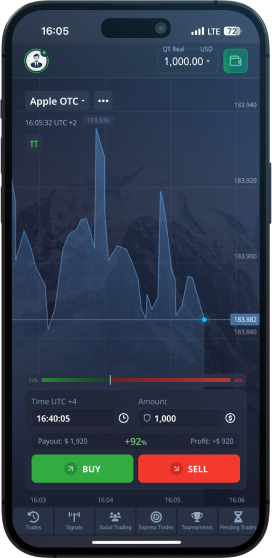
Trading Strategy with Envelope
The Trading Strategy with Envelope торговая стратегия с Envelope is a popular approach among traders looking for ways to capitalize on price movements while minimizing risk. In this article, we will delve into what the Envelope indicator is, how to use it in trading, and some tips for creating a winning strategy based on its signals.
What is the Envelope Indicator?
The Envelope indicator consists of two lines that are drawn above and below a moving average. These lines are generally set at a specified percentage away from the moving average, creating an envelope that surrounds the price action. The primary purpose of this indicator is to give traders a visual representation of overbought and oversold conditions in the market.
Understanding the Envelope Indicator
To effectively utilize the Envelope indicator, it’s essential to understand how it works. The upper and lower lines of the envelope can be configured by adjusting the moving average period and the percentage distance from the moving average. The most commonly used moving average types are the simple moving average (SMA) and the exponential moving average (EMA).
Setting Up the Envelope Indicator
To set up the Envelope indicator on your trading platform, follow these simple steps:
- Select a time frame that suits your trading style, whether it be short-term or long-term.
- Add the moving average to your chart, choosing the type (SMA or EMA) and period based on your strategy.
- Set the envelope’s percentage distance away from the moving average. Common settings include 2% to 5% for Forex markets.

How to Trade Using the Envelope Indicator
Using the Envelope indicator in your trading strategy can provide several potential entry and exit signals. Here’s how to utilize it effectively:
Buy Signal
A buy signal is generated when the price touches or moves below the lower envelope line. This indicates that the market may be oversold, and a potential reversal could occur. Traders should consider additional confirmation from other indicators or patterns before entering a trade.
Sell Signal
Conversely, a sell signal occurs when the price touches or exceeds the upper envelope line, suggesting that the market may be overbought. As with buy entries, it’s essential to look for further confirmation before taking a sell position.
Combining Envelope with Other Indicators
To enhance the effectiveness of the Envelope trading strategy, consider combining it with other technical indicators. Here are some of the most popular combinations:

Moving Average Convergence Divergence (MACD)
The MACD can be used to identify trends and momentum in conjunction with the Envelope. Confirm the direction of a trade by checking the MACD lines. A bullish crossover may bolster your buy signals, while a bearish crossover can reinforce sell signals.
Relative Strength Index (RSI)
The RSI can help determine whether the market is overbought or oversold. When the RSI is above 70, it may confirm a sell signal from the Envelope, while an RSI below 30 can validate a buy signal.
Risk Management in Envelope Strategy
Effective risk management is crucial in trading. Here are some tips to consider while using the Envelope strategy:
- Set Stop-Loss Orders: Always set stop-loss orders to limit potential losses. A stop-loss can be placed slightly below the lower envelope for buy trades and above the upper envelope for sell trades.
- Position Sizing: Determine the percentage of your trading capital to risk on each trade. This should be a small fraction to preserve your account’s longevity.
- Review and Adjust: Regularly review your trades and strategy performance. Be ready to adjust the parameters of your Envelope indicator based on changing market conditions.
Conclusion
The Envelope indicator is a powerful tool that can help traders identify potential entry and exit points in the market. By combining it with other technical indicators and adhering to strict risk management guidelines, traders can develop a robust trading strategy that enhances their chances of success. Remember, no strategy is foolproof, and continuous learning and adaptation are key to thriving in the world of trading.
